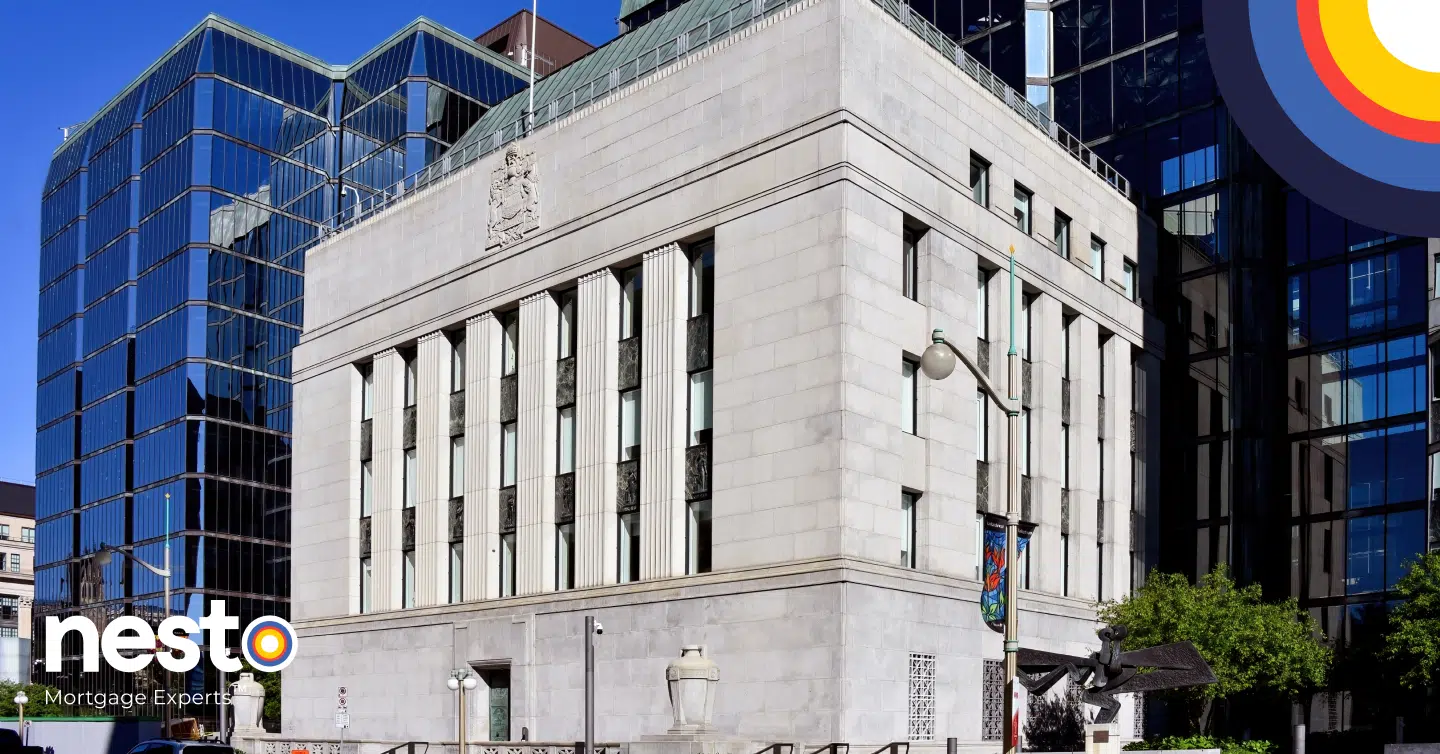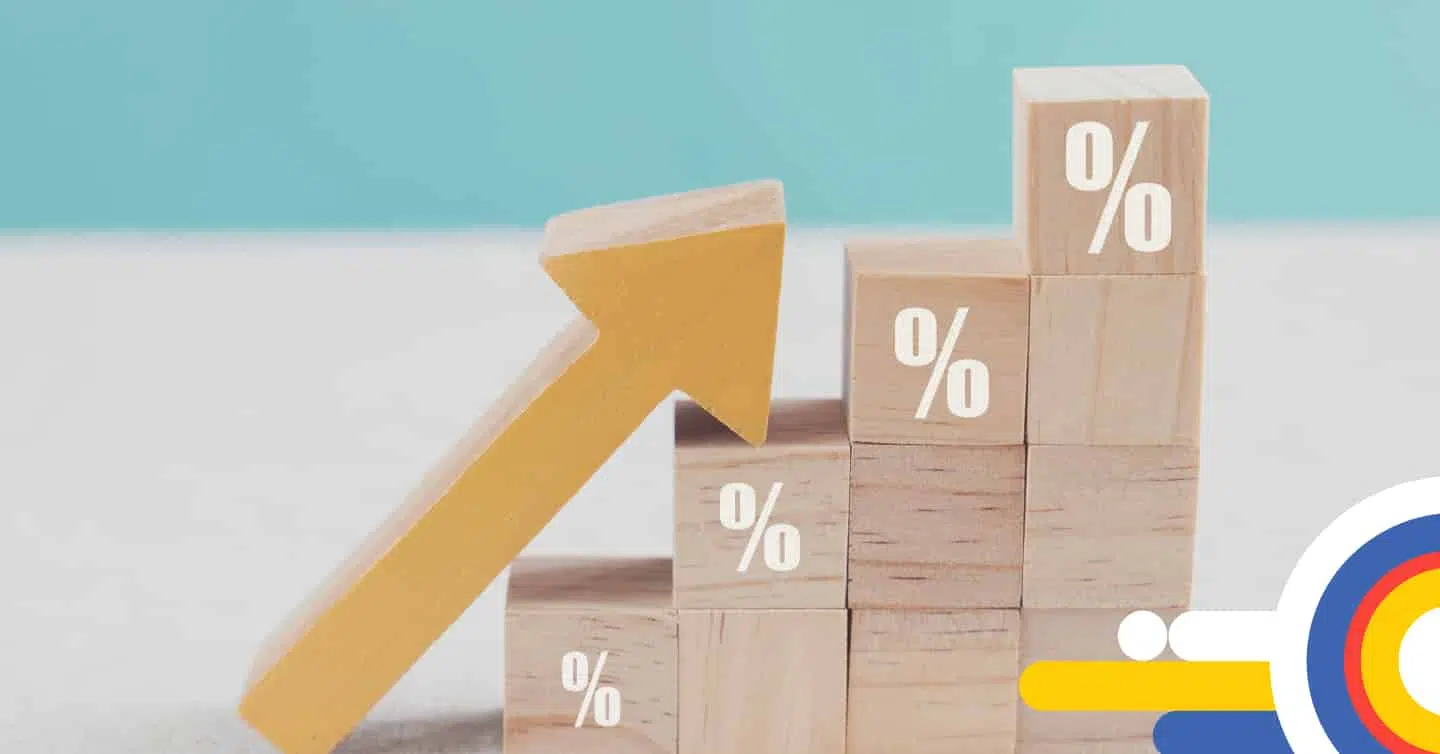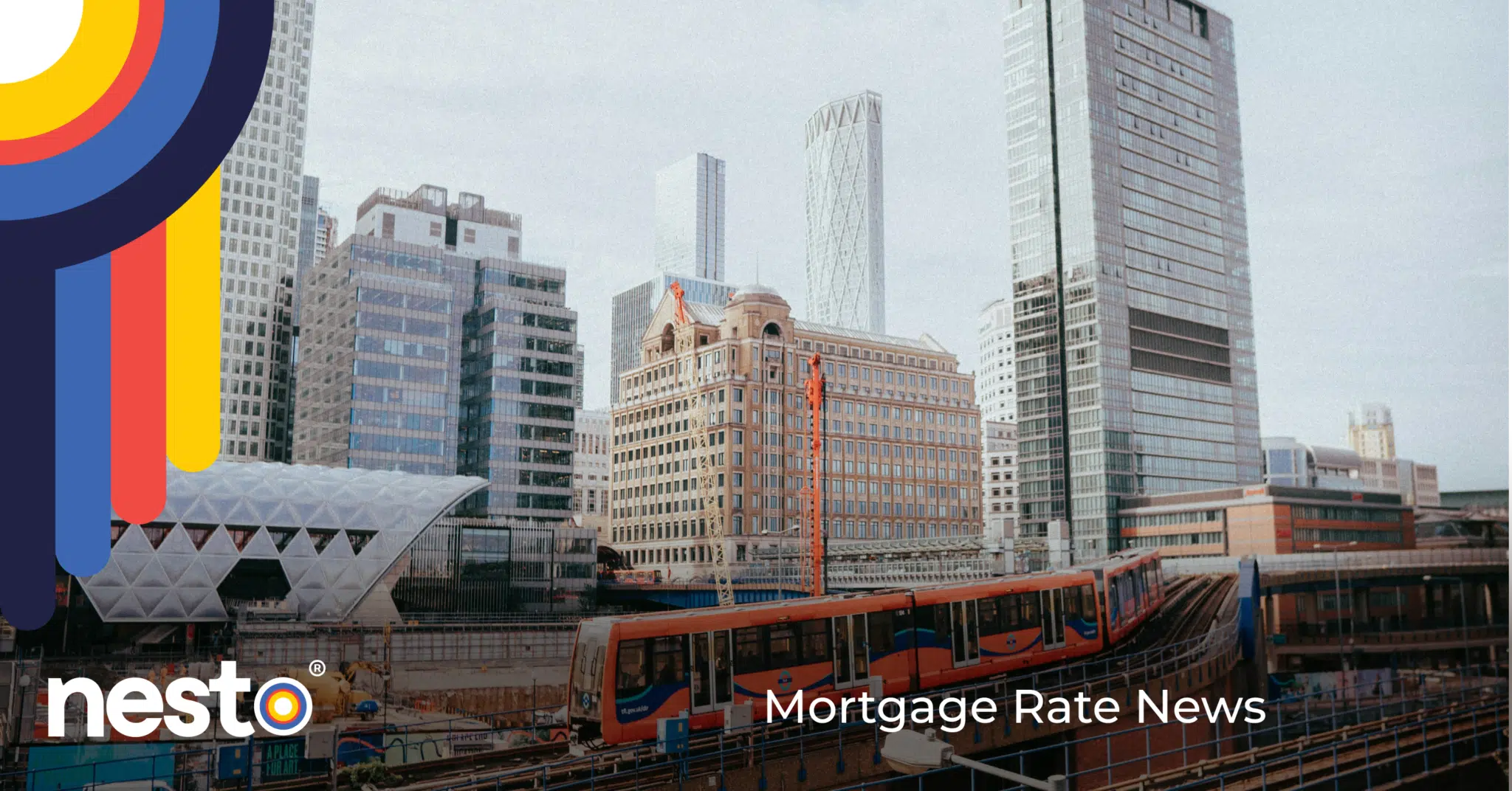Is Stagflation a Real Threat for Canada in 2025?

Table of contents
As global markets reel from fresh US tariffs and investors brace for more volatility, the conversation has shifted to an economic scenario not seen in decades: stagflation. Defined by the toxic mix of stagnant growth, rising inflation and high unemployment, stagflation is a rare but damaging macroeconomic phenomenon. In 2025, is Canada next in line?
While the country may have sidestepped the worst of the recent US trade crackdown, early signs suggest that the risks of stagflation are growing. Canada’s economic foundation is showing signs of stress, from slowing GDP per capita to creeping joblessness and sticky inflation.
What’s Behind the Stagflation Concern?
Economists are watching three key metrics that define stagflation:
- Inflation: After a brief cooling period, consumer price pressures are heating up again, driven by tariff-related supply shocks.
- GDP Growth: While top-line GDP might appear stable, per capita output—a more accurate gauge of living standards—is shrinking.
-
Unemployment: Job losses, particularly full-time roles in goods-producing and trade-sensitive sectors, are becoming more frequent.
The March 2025 labour report revealed a 33,000-job decline—Canada’s worst showing in three years—confirming broader concerns raised in the Bank of Canada’s recent Business Outlook Survey.
The Wealth Effect
When financial markets tumble, it’s not just investor portfolios that take a hit—household spending often follows. This is known as the wealth effect: when people feel poorer due to falling asset values, they tend to spend less. In Canada, where a significant portion of household wealth is tied to real estate, softening home prices can have an even greater impact than stock market declines. With home sales slowing and prices slipping, many Canadians are feeling the squeeze. If this trend continues, reduced consumer spending could further weaken an already fragile economy.
The Tariff Domino Effect
Much of today’s uncertainty stems from President Donald Trump’s sweeping tariff announcement in early April. Canada has avoided the steepest levies for now, thanks to USMCA compliance, but it still faces ongoing auto, steel, and aluminum tariffs that weigh on manufacturing and export-driven jobs.
“President Trump has fundamentally changed the global trading system,” Prime Minister Mark Carney warned after pausing his election campaign for emergency talks. Meanwhile, economists across Bay Street—from RBC to BMO—downgraded their 2025 growth forecasts, citing reduced export demand and dampened investment intentions.
Key Economic Impacts for Canadians
1. Inflation Is Biting—But Differently
While core inflation rose, the Bank of Canada is signalling it may look past one-time tariff effects. However, if businesses use tariffs to justify broader price hikes—as happened during the pandemic—the Bank might be forced to act.
2. Consumers Are Losing Confidence
According to the BoC’s Canadian Survey of Consumer Expectations, more households are tightening spending, especially those reliant on cross-border trade and employment.
3. Mortgages Are Under Pressure
Borrowers face higher qualifying thresholds as fixed rates remain sticky. At the same time, discounts on variable (VRM) and adjustable (ARM) rates have been reduced due to widening credit spreads, a risk premium lenders charge. For borrowers, this is seen as a lower discount from the lender’s prime rate.
4. Homeownership Under Fire
Home sales are slumping, and prices are flattening across much of Canada, with growing fears that a recession could push home values lower. With housing making up a large share of household wealth, further declines could drag down consumer confidence and spending.
Want to save thousands of
dollars on your renewal?
Renew with nesto and you can.
Stagflation Risk Growing, But Not Guaranteed
Several economists, including Capital Economics’ Stephen Brown, warn that recession is likely and stagflation is already materializing. Unemployment is rising, real wage growth is fading, and investment is stalled.
But it’s not yet a certainty. For now, government support programs, residual momentum from immigration-fuelled demand, and a still-competitive USMCA framework have helped delay the worst-case scenario.
What Does Stagflation Mean for Homeownership and Mortgage Strategy
Real estate markets are reacting cautiously. According to Rishi Sondhi, Economist at TD Economics, home sales and prices are expected to dip further, especially in Ontario, where the average home price could fall 7.6% this year.
Mortgage broker sentiment echoes this caution. As one Toronto broker, Robin Pope, noted in the Globe and Mail, “No one wants to catch a falling sword.” Buyers are holding back, sellers are adjusting expectations, and lenders are tightening standards.
Strategies for Mortgage Borrowers
Whether stagflation takes root or not, homeowners and prospective buyers should consider their next moves carefully:
-
For Variable-Rate Holders: The current mortgage rate forecast suggests we can expect more BoC rate cuts in 2025, especially if growth falters further. These could offer relief—but spreads are narrowing, so act early.
-
For Fixed-Rate Seekers: Bond yields have pulled back, but inflation fears may limit rate drops. Fixed rates offer stability in this volatile environment.
- For Renewers: Over a million Canadians are renewing this year, or 60% of all mortgages til the end of 2026. With higher rates than what they secured during the pandemic, payment shock is real. Comparing renewal offers and negotiating early can pay off.
We’re curious…
Revisit Your Mortgage Strategy
Canada may not be in a recession yet—but the risk of stagnation mounts with the most recent employment report. If you’re a homeowner, buyer or investor, it’s critical to prepare for a prolonged period of elevated inflation, weaker growth and policy uncertainty. While fixed mortgages offer security, predictability and stability, variable rates could present possible savings if rate cuts accelerate. Either way now is the time to revisit your mortgage strategy.
Contact nesto mortgage experts to build a personalized homeownership strategy that keeps you ahead—no matter what the economy throws next.
Why Choose nesto
At nesto, our commission-free mortgage experts, certified in multiple provinces, provide exceptional advice and service that exceeds industry standards. Our mortgage experts are non-commissioned salaried employees who provide impartial guidance on mortgage options tailored to your needs and are evaluated based on client satisfaction and advice quality. nesto aims to transform the mortgage industry by providing honest advice and competitive rates using a 100% fully digital, transparent, seamless process.
nesto is on a mission to offer a positive, empowering and transparent property financing experience – simplified from start to finish.
Contact our licensed and knowledgeable mortgage experts to find your best mortgage rate in Canada.
Ready to get started?
In just a few clicks, you can see our current rates. Then apply for your mortgage online in minutes!
in this series Mortgage Rate Shopping
- US tariffs roil global markets next read
- How To Get The Best Mortgage Rate next read
- canada risks stagflation in 2025 currently reading
- What Are Mortgage Terms and Amortization Periods? next read
- How To Calculate Your Loan-to-Value (LTV) Ratio next read
- Mortgage Term vs. Amortization Period next read
















